Tesla has temporarily cut the price of two Model Y configurations — so long as buyers take delivery in the coming weeks.
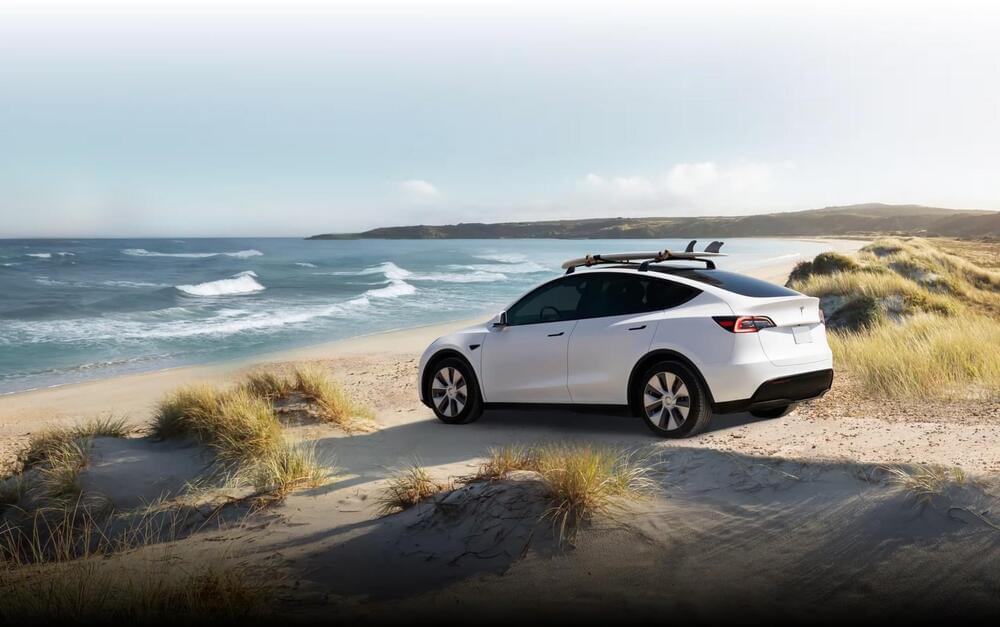

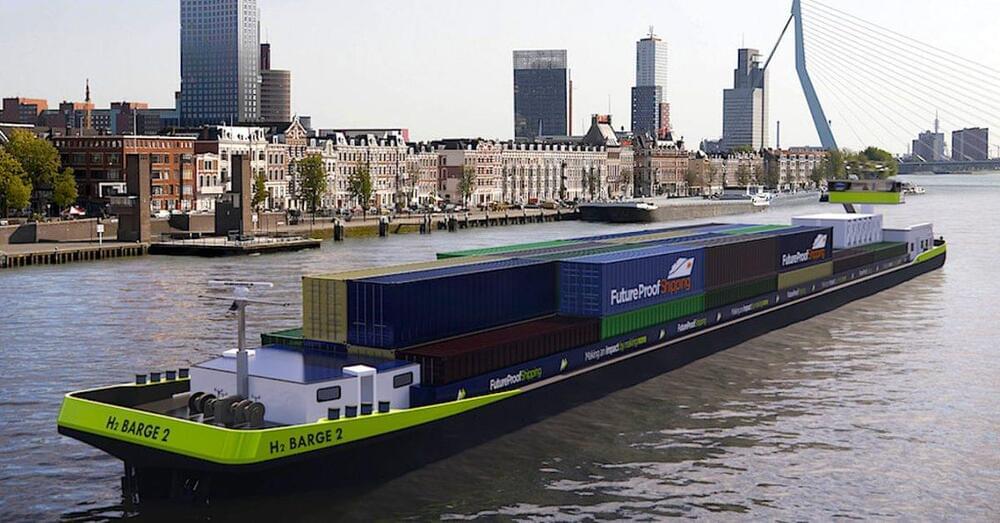
The H2 Barge 2 is a hydrogen fuel-cell powered ship designed to transport containers on the Rhine between Rotterdam (NL) and Duisburg (DE) with zero emissions that could represent a massive reduction in carbon emissions.
Developed by Dutch shipowner Future Proof Shipping (FPS) and funded by the EU Flagships project and the Interreg ZEM Ports NS project, the H2 Barge 2 (formerly Fenny 1 and FPS Waal) was built as a conventionally powered containership before being converted to electric drive – with the 1.2 MW of power to drive the vessel’s motors coming from six PEM fuel cells, hydrogen storage, and a number of battery packs placed below deck.
Compared to its previous incarnations, the H2 Barge 2 is expected to reduce 3,000 tons of CO2 annually while sailing a comparable amount of shipping containers up and down the Rhine. And, in doing so (the company says), the vessel proves that the European river fleet can be, “fully zero emission already today.”
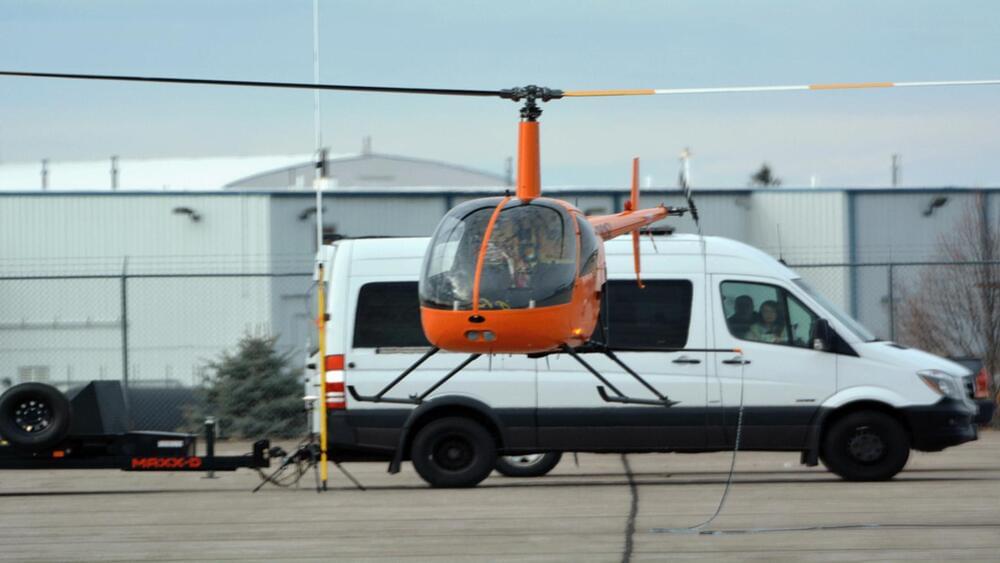
Rotor is retrofitting existing helicopters with a suite of sensors and software to remove the pilot from some of the most dangerous flights and expand use cases for aviation more broadly.
Meet Rotor Technologies, a startup retrofitting helicopters for autonomous flights. Safer skies and a vision for a better experience.
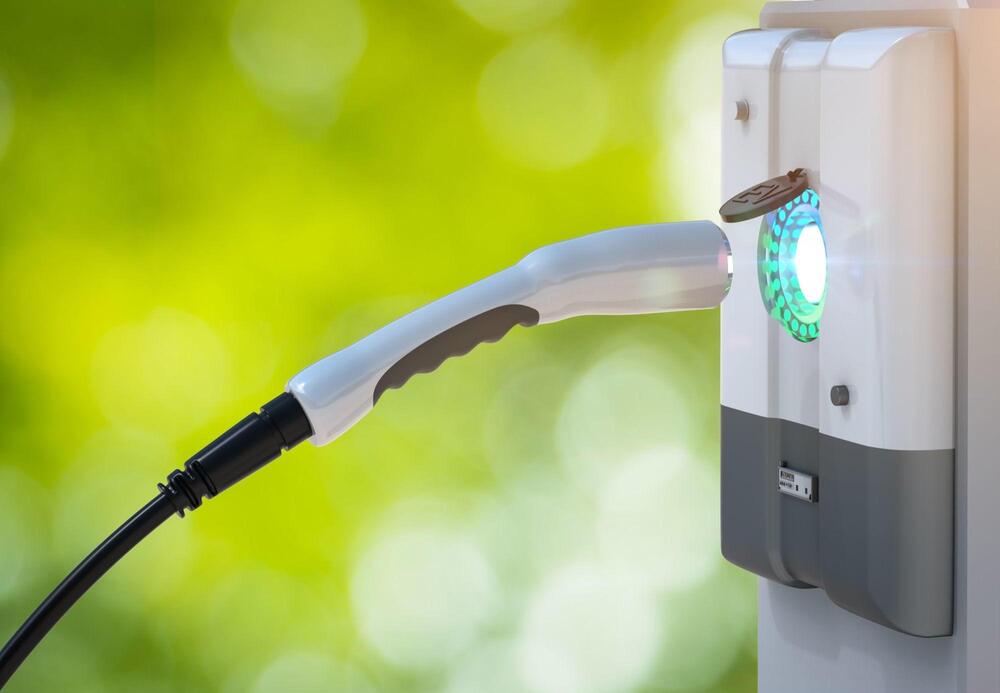
At the 2024 Consumer Electronics Show (CES), the spotlight was on groundbreaking developments in AI and healthcare. However, battery technology is the game-changer at the heart of these innovations, enabling greater power efficiency. Importantly, electric vehicles are where this technology is being applied most intensely.
Today’s EVs can travel around 700 km on a single charge, while researchers are aiming for a 1,000 km battery range. Researchers are fervently exploring the use of silicon, known for its high storage capacity, as the anode material in lithium-ion batteries for EVs. However, despite its potential, bringing silicon into practical use remains a puzzle that researchers are still working hard to piece together.
Advanced technology and engineering breathe new life into opposed-piston engines, potentially pivotal in zero-carbon transportation evolution.
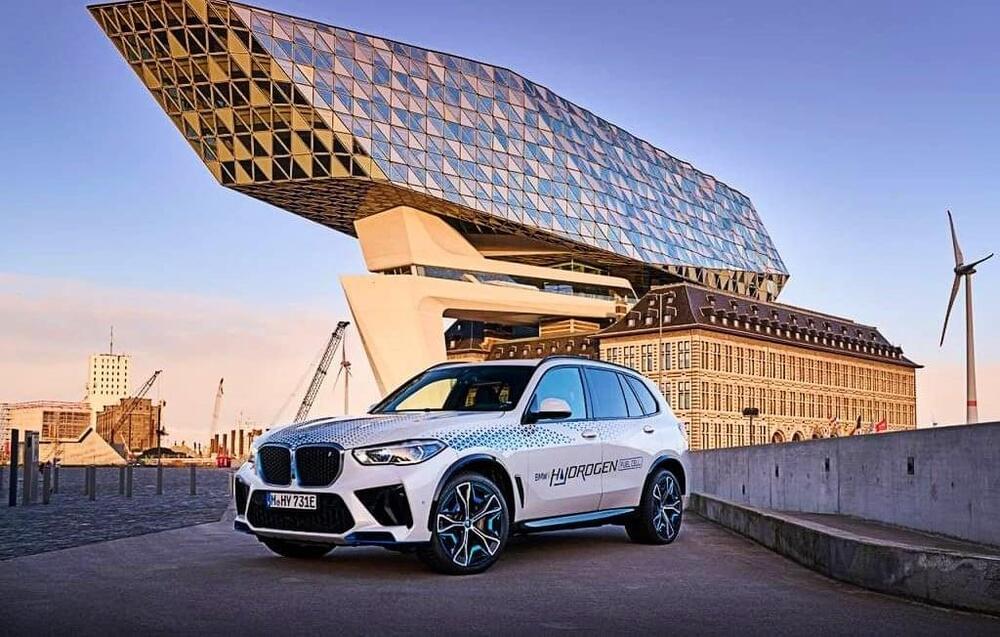
Witness the future of transportation with the world’s first fully autonomous truck yard, revolutionizing logistics in Texas and beyond.
While Elon Musk was talking about hyperloop, China was busy building it.
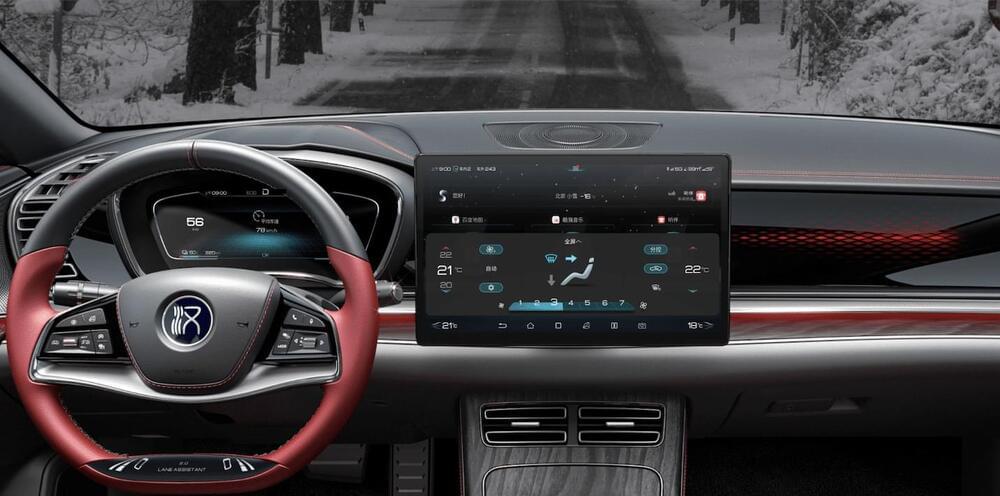
BYD’s announcement of a substantial upgrade to its intelligent driving system signals a notable advancement in its efforts to improve this technology. Scheduled for March 30th, this update signifies a significant step forward for BYD in the realm of advanced driver assistance systems (ADAS). The upgrade will further enhance its Navigation On Autopilot (NOA) or its internally known Urban Navigation Assistance (UNA) system in cities across China.
The upgrade was alluded to in 2023 with the BYD Denza N7 with its advanced lidar system and came on the heels of recent improvements to Xpeng’s XNGP intelligent driving system. Telsa has also been a strong competitor in the intelligent driving race, with announcements last year aiming to improve its FSD system. According to sources, the initial rollout of BYD’s Urban Navigation Assistance (UNA) system is slated for March 30th, starting with the N7 model among its existing lineup of over 20 vehicles.

Chinese EV maker Geely is launching a 4WD version of its Radar RD6 electric truck that will rival the Cybertruck. According to the brand’s CEO, it will have similar acceleration to Tesla’s Cybertruck while carrying heavy loads.
Geely, the parent company behind Volvo, Polestar, ZEEKR, and others, launched its Radar brand in 2022.
The brand is touted as “China’s first pure electric outdoors lifestyle vehicle brand.” Its first electric adventure vehicle, the RD6, began rolling out in China in September, starting at RMB 178,800 ($25,000).